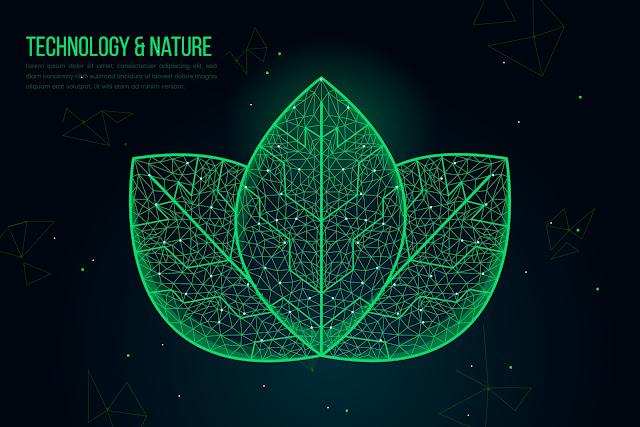As climate change and environmental degradation become increasingly pressing concerns, the need for sustainable solutions has never been more critical. Green technology, which focuses on environmentally-friendly innovations, has emerged as a promising avenue to address these challenges. This article will explore the various facets of green technology, its applications, and how it contributes to sustainable living and environmental conservation.
What is Green Technology?
Green technology, also known as clean technology or eco-friendly technology, refers to the development and application of products, processes, and services that reduce or eliminate negative environmental impacts. It aims to promote sustainable living, reduce waste and pollution, conserve natural resources, and mitigate the effects of climate change. Green technology encompasses various industries and sectors, including energy, transportation, agriculture, and construction.
Applications of Green Technology:
1. Renewable Energy:
Green technology plays a crucial role in harnessing renewable energy sources such as solar, wind, hydro, and geothermal power. Renewable energy technologies have the potential to significantly reduce greenhouse gas emissions and our dependence on fossil fuels. Solar panels, wind turbines, and hydroelectric dams are just a few examples of green technology in the energy sector.
2. Green Transportation:
Electric vehicles (EVs), hybrid cars, and biofuel-powered vehicles are prime examples of green technology in transportation. These alternatives to conventional gasoline-powered vehicles help reduce air pollution and carbon emissions. In addition, public transportation systems that utilize green technology, such as electric buses and trains, contribute to a more sustainable urban environment.
3. Sustainable Agriculture:
Green technology is transforming the agriculture industry by promoting sustainable farming practices. Precision agriculture, which uses technology to optimize resource usage, and vertical farming, which allows for large-scale food production in urban environments, are examples of green technology in agriculture. These innovations help reduce water and energy consumption, minimize waste, and improve crop yields.
4. Green Building:
Green building technologies focus on constructing energy-efficient and eco-friendly buildings that reduce their environmental impact. Examples include green roofs, rainwater harvesting systems, and energy-efficient insulation materials. These technologies not only minimize a building's carbon footprint but also help lower operating costs and promote healthier indoor environments.
5. Waste Management:
Green technology is revolutionizing waste management by promoting recycling, composting, and waste-to-energy conversion. These technologies help reduce landfill waste, decrease pollution, and conserve natural resources.
Benefits of Green Technology:
1. Environmental Protection:
Green technology helps protect the environment by reducing pollution, conserving natural resources, and minimizing waste. This contributes to the preservation of ecosystems and the overall health of our planet.
2. Economic Growth:
Green technology promotes the development of new industries and job opportunities in the clean energy and sustainable sectors. This contributes to economic growth and diversification.
3. Energy Security:
By reducing our dependence on fossil fuels and promoting the use of renewable energy sources, green technology enhances energy security and reduces the risk of energy price volatility.
4. Improved Public Health:
Green technology contributes to cleaner air and water, leading to improved public health and a reduced burden on healthcare systems.
5. Social Equity:
Green technology can promote social equity by providing affordable and accessible clean energy solutions to communities worldwide, particularly in developing countries.
Green technology is paving the way for a more sustainable future by promoting environmentally-friendly innovations across various industries. As the world continues to grapple with the challenges posed by climate change and environmental degradation, green technology offers a beacon of hope for a cleaner, healthier, and more prosperous future. The widespread adoption of green technology is crucial to our collective ability to preserve the planet for future generations.
